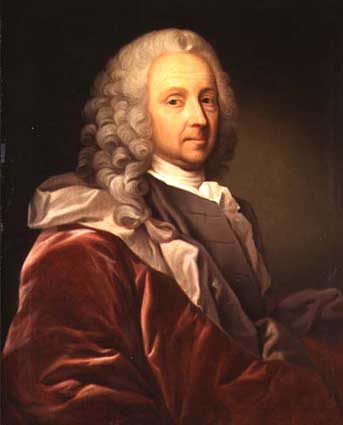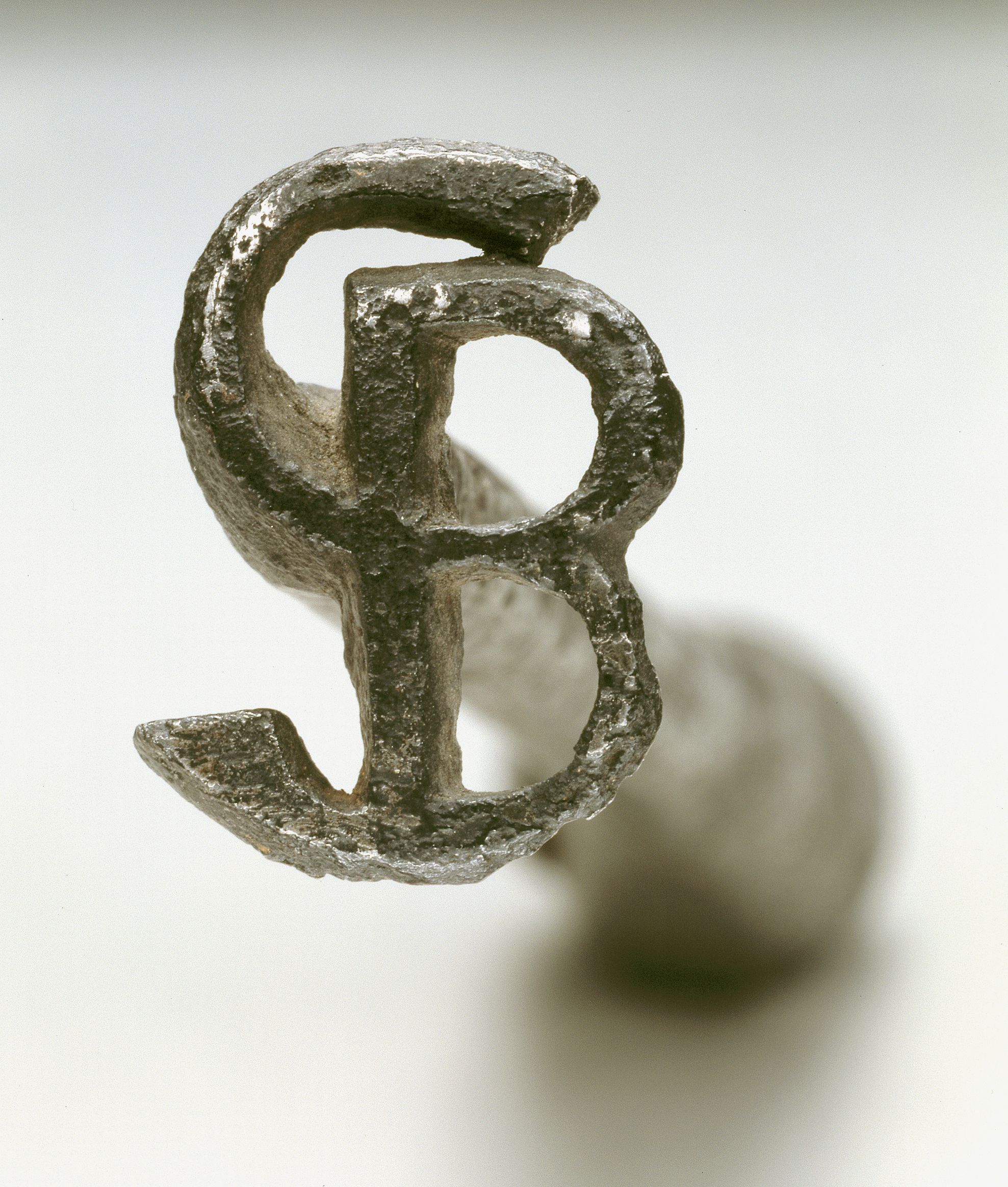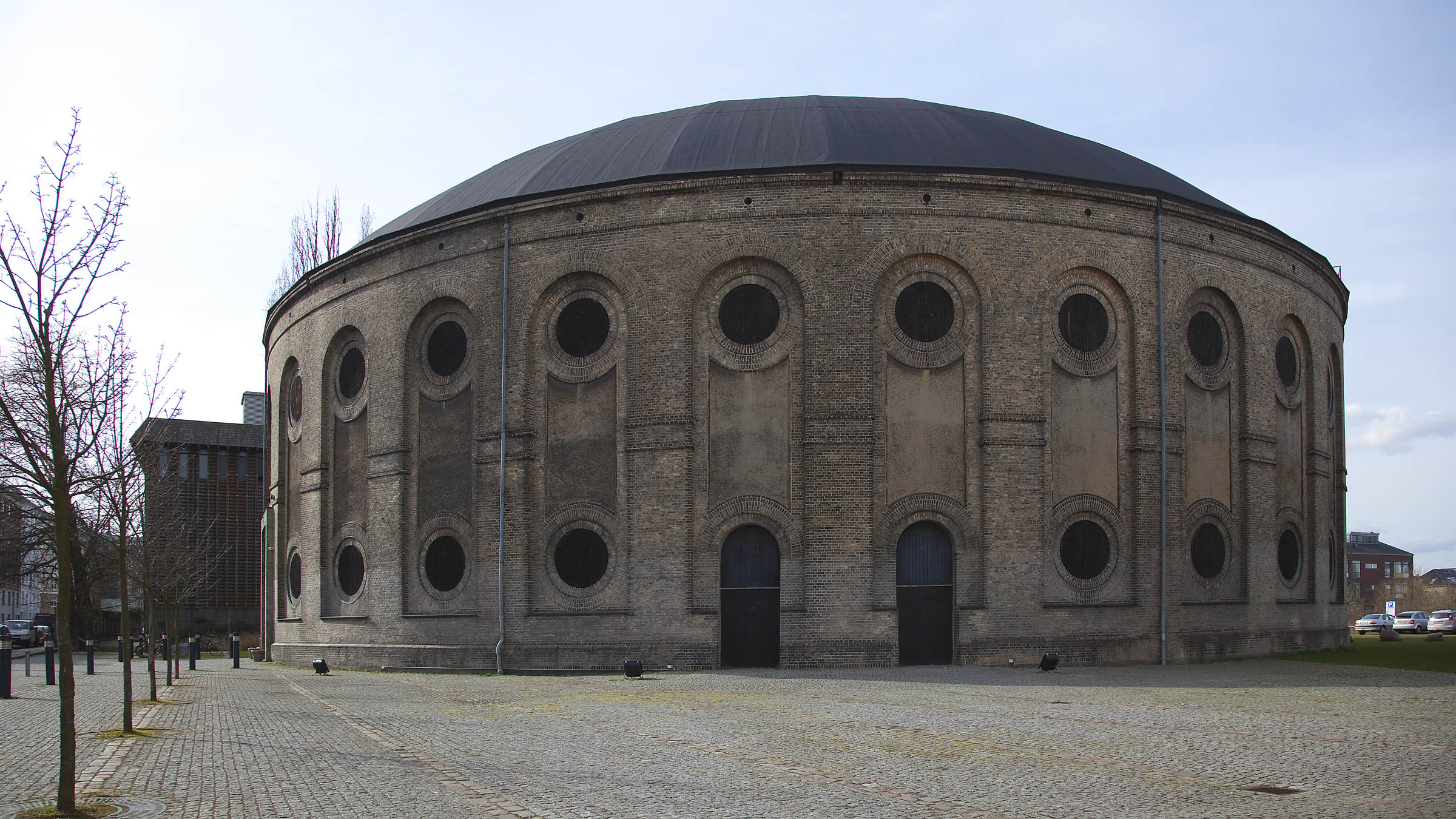|
Tersløsegaard
Tersløsegaard is a manor house located close to Dianalund, Sorø Municipality some 60 kilometres southwest of Copenhagen, Denmark. It was owned by Ludvig Holberg from 1745 to 1756. He left it to Sorø Academy and it has now been converted into a self-owning foundation and contains a Holberg exhibition. The main building was listed on the Danish registry of protected buildings and places by the Danish Heritage Agency on in 1918. History Early history Tersløsegaard traces its history back to the 13th century. The first known owner was Anders Knudsen Grosøn. He was married to Esbern Snare's daughter. It was acquired by Jens Grubbe in 1305 and was then owned by his descendants for more than a hundred years. The last member of the Grubbe family to own Tersløsegaard was Niels Grubbe. He had no sons and the estate was therefore passed on to his son-in-law Anders Jensen Passow. Members of the Passow family owned Tersløsegaard with few interruptions until the beginning of the 16th ce ... [...More Info...] [...Related Items...] OR: [Wikipedia] [Google] [Baidu] |
Tersløsegaard Old Drawing
Tersløsegaard is a manor house located close to Dianalund, Sorø Municipality some 60 kilometres southwest of Copenhagen, Denmark. It was owned by Ludvig Holberg from 1745 to 1756. He left it to Sorø Academy and it has now been converted into a self-owning foundation and contains a Holberg exhibition. The main building was listed on the Danish registry of protected buildings and places by the Danish Heritage Agency on in 1918. History Early history Tersløsegaard traces its history back to the 13th century. The first known owner was Anders Knudsen Grosøn. He was married to Esbern Snare's daughter. It was acquired by Jens Grubbe in 1305 and was then owned by his descendants for more than a hundred years. The last member of the Grubbe family to own Tersløsegaard was Niels Grubbe. He had no sons and the estate was therefore passed on to his son-in-law Anders Jensen Passow. Members of the Passow family owned Tersløsegaard with few interruptions until the beginning of the 16th cen ... [...More Info...] [...Related Items...] OR: [Wikipedia] [Google] [Baidu] |
Otte Steensen Brahe
Otte Steensen Brahe (12 April 1578 – 5 July 1651), also known as Otto Brahe, was a Danish landowner and money lender. He owned Næsbyholm, Bavelse and Tersløsegaard on Zealand. Early life and education Otto Brahe was born on 12 April 1578 at Næsbyholm, the son of privy counsellor Steen Brahe (1547–1620) and Birgitte Rosenkrantz (1555–88). He attended Sorø Academy from 1587 and later continued his education in Aarhus. In 1593–99, Brahe and Kurt Aslaksen went on a grand tour in Europe, studying at the universities in Rostock (1593), Herborn (from spring of 1594), Heidelberg, Basel, Geneve (from 3 December 1597) and Orleans (1599). He also visited England and Scotland. In 1600–02, he was a courtier at Frederick V of the Palatinate. Military service In the Kalmar War, Brahe served a cornet in the heavy cavalry. He lost an arm in the Battle of Kalmar. Property Brahe inherited the estates Næsbyholm and Tersløsegaard after his parents. His holdings were in 1638 val ... [...More Info...] [...Related Items...] OR: [Wikipedia] [Google] [Baidu] |
Steen Ottesen Brahe (1547–1620)
Steen Ottesen Brahe (21 December 1547 – 11 April 1620) was a Danish privy counsellor and landowner. Early life and education Brahe was born on 21 December 1547 at Gladsaxehus in Scania, the son of Otte Thygesen Brahe of Knudstrup (1518–1571) and Beate Clausdatter Bille (1526–1605), He was the younger brother of Tycho Brahe. He went to school in Aarhus and Aalborg and was then trained in court life in Jensen Rosensparr'e household. He then visited count Günther of Schwarzburg and later followed him to Denmark and Hungary. Marriage of Anne of Denmark and James VI of Scotland In 1589 he was appointed Master of Household or Chamberlain to Anne of Denmark, who was betrothed to James VI of Scotland. Brahe and the queen's servants set sail with the Admiral Peder Munk for Scotland. The wind drove them to stay on the coast of Norway. James VI joined them at Oslo. On 15 December 1589 James VI decided to reward Brahe and Axel Gyldenstierne for their good service in attending Anne of ... [...More Info...] [...Related Items...] OR: [Wikipedia] [Google] [Baidu] |
Brorupgaard
Brorupgaard is a manor house and estate situated close to Slagelse in Denmark. It was owned by Ludvig Holberg from 1740 until 1754. The current main building was constructed by August Willads Bech in 1856 and the estate has remained in the hands of the Bech family since then. History Rarly history Brorup (also seen as Broderup) is first mentioned as a manor in the Middle Ages and was then owned by Roskilde Bishopric and operated as a fief. The fiefholders inclided Peder Nielsen, Niels Pedersen and Clement Griis. In 1454, Brorup and Sønderup were ceded to Antvorskov Abbey in exchange for Svenstrup. After being confiscated by the Crown in connection with the Reformation, it seems to have been reduced to a simple tenant farm. Rosenpalm and the new manor In 1674, Christian V sold the land to Poul Nielsen. After starting in an insignificant position at the royal court, as Crown Prince Christian's tutor, he had managed to work his way up through the ranks, culminating with his ennob ... [...More Info...] [...Related Items...] OR: [Wikipedia] [Google] [Baidu] |
Esbern Snare
Esbern Snare, also known as Esbern the Resolute, (1127–1204) was a '' høvding'', or chieftain, royal chancellor and crusader. His family were members of the powerful Hvide clan. In 1192, during the Crusades and after the fall of Jerusalem, he led a small group of Danish soldiers to the Holy Land. Upon his return, he had the Church of Our Lady, Kalundborg built. Early life Born in 1127, Snare was the eldest son of Asser Rig (c. 1080–1151), also called Asser the rich, of the Hvide clan. Esbern's mother, Lady Inge, was the daughter of and Princess Cecilia Knutsdatter. He was the grandson of Skjalm Hvide and great-grandson of Canute IV of Denmark (c. 1042 – 10 July 1086), the first Danish king (1080–1086) to be canonized. His family lived in Fjenneslev, Zealand. His brother was Absalon (c. 1128–1201), who became a powerful warrior leader and main advisor to Danish kings, and also Bishop of Roskilde and later Archbishop of Lund. Valdemar was his foster brother. His ot ... [...More Info...] [...Related Items...] OR: [Wikipedia] [Google] [Baidu] |
Mads Eriksen Bølle
Mads Eriksen Bølle (died 1539) was a Danish privy councillor, landowner and fiefholder. He was during the Count's Feud in opposition to Christian III and the introduction of Protestantism but was after the Reformation nonetheless allowed to keep his fiefs. Early life Bølle was the son of Erik Madsen Bølle (died 1492 or later) and Anne Sivertsdatter Blaa. He was the brother of Ejler Eriksen Bølle. Holdings He inherited Orebygaard on Lolland and Fuglsang Manor after his mother's death. Prio to her death in 1495, he was queen Dorothea's '' lensmand'' (''høvedsmand'') at Haraldsborg. In 1500, he was by the Bishopric of Roskilde granted Hjortholm in North Zealand as a fief. In 1505, Bishop Johan Jepsen Ravensberg, a relative, granted him Tureby, Spanager and Egby for life for himself, his wife and his son Erik. In 1507. he was also granted St. Agnetes' Priory in Roskilde. Career Bølle was from at least 1512 a member of the Privy Council and was knighted by Christian II. ... [...More Info...] [...Related Items...] OR: [Wikipedia] [Google] [Baidu] |
Henrik Bjelke
Henrik Bjelke (13 January 1615 – 16 March 1683) was a Norwegian military officer who served as Admiral of the Realm of Denmark-Norway from 1662 to 1679. He was in command of the Royal Dano-Norwegian Navy from 1657 to 1679. Early life and education Bjelke was born at Elingård Manor on Onsøy in Østfold, Norway. He was the son of Chancellor of Norway Jens Bjelke and Sophie Brockenhuus. He was the brother of Ove Bjelke (1611–1674) and Jørgen Bjelke (1621-1696), both of whom also held prominent positions. Career Although while still very young, he enrolled and registered in 1633 in the University of Padua in Italy. Later he became a soldier under Frederick Henry, Prince of Orange. He resigned from the service of Frederick Henry when he learned of the invasion of Jutland under the command of Swedish Field Marshall Lennart Torstenson in 1644 and went to Denmark. In March of that year King Christian IV of Denmark-Norway sent him to Norway where he served under Governor ... [...More Info...] [...Related Items...] OR: [Wikipedia] [Google] [Baidu] |
Johannes Wiedewelt
Johannes Wiedewelt (1 July 1731 – 17 December 1802), Danish neoclassical sculptor. He became a court sculptor, introducing neoclassical ideals to Denmark in the form of palace decorations, garden sculptures and artifacts and, especially, memorial monuments. He was undoubtedly the best known Danish sculptor before Bertel Thorvaldsen. Life Early training He was born in Copenhagen to royal sculptor to the Danish Court, Just Wiedewelt (1677–1757) and his wife Birgitte Lauridsdatter. The elder Wiedewelt recognised his son's talents early, and the boy trained under the Italian history painter Hieronimo Miani, one of the two leaders of the Drawing and Painting Academy (''Tegne- og Malerakademiet'') in Copenhagen along with Louis August le Clerc (1688–1771), as early as perhaps 1744. This Academy was the precursor to the still-extant Royal Danish Academy of Art (''Det Kongelige Danske Kunstakademi'') established ten years later. When Miani left Denmark in 1745 to retu ... [...More Info...] [...Related Items...] OR: [Wikipedia] [Google] [Baidu] |
Martin Nyrop
Martin Nyrop (11 November 1849 18 May 1921) was a Danish architect. Early life and education Nyrop was born on 11 November 1849 at Holmsland, Ringkøbing, the son of parish priest Christopher Nyrop (1805–1879) and Helene Ahlmann (1807–1874). He attended Sorø Academy and matriculated from the Royal Danish Academy of Fine Arts in 1876. From 1881 to 1883, he studied abroad on a scholarship from the academy. Career From 1883 to 1893, Nyrop worked as an assistant for professor Hans Jørgen Holm but was at the same time able to work on his personal commissions. Most of his early independent works were single-family detached homes. He experienced a breakthrough when he won the competition for the design of the buildings at the Nordic Exhibition of 1888. He constructed all his exhibition pavilions of wood at a time when iron and glass was favored for temporary structures. He justified the decision by claiming the result would be prettier for the same cost. His background as a car ... [...More Info...] [...Related Items...] OR: [Wikipedia] [Google] [Baidu] |
Poul Klingenberg
Poul is a Danish masculine given name. It is the Danish cognate of the name Paul. Poul may refer to: People * Poul Andersen (1922–2006), Danish printer *Poul Anderson (1926–2001), American writer *Poul Erik Andreasen (born 1949), Danish football player and manager *Poul Bang (1905–1967), Danish filmmaker *Poul Anker Bech (1942–2009), Danish painter *Poul Bjerre (1876–1964), Swedish psychiatrist *Poul Borum (1934–1996), Danish writer *Poul Bundgaard (1922–1998), Danish actor *Poul Simon Christiansen (1855–1933), Danish painter *Poul Skytte Christoffersen (born 1946), Danish diplomat *Poul Elming (born 1949), Danish opera singer *Poul Glargaard (1942–2011), Danish actor *Poul Hansen (1913–1966), Danish politician *Poul Hartling (1914–2000), Danish politician and Prime Minister *Poul Heegaard (1871–1948), Danish mathematician *Poul Henningsen (1894–1967), Danish writer and architect *Poul Richard Høj Jensen (born 1944), Danish sailor *Poul Christian Hols ... [...More Info...] [...Related Items...] OR: [Wikipedia] [Google] [Baidu] |




